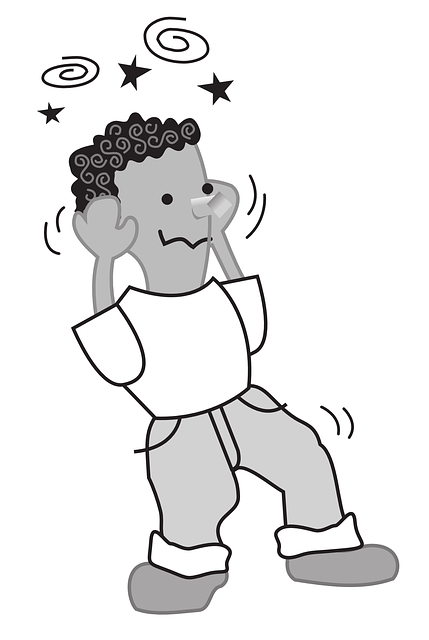TL;DR: "Red Flags" in Chiropractic Treatment: Unverified credentials, lack of proper licensing, or exaggerated claims are critical indicators of potentially unsafe practices. Patients should verify chiropractors' qualifications through accredited licenses, regulatory body oversight, and online reviews to ensure safe, effective care, avoiding health risks or legal issues.
In the pursuit of holistic healthcare, it’s crucial to scrutinize professionals’ credentials. This is especially true in the chiropractic field where unverified or questionable practices can have severe implications for patient welfare. This article delves into the subtle red flags within chiropractic treatment, equipping individuals with knowledge to identify untrustworthy practitioners. By understanding common pitfalls and implementing strategic safeguards, patients can ensure safe, effective care, fostering a healthier relationship with alternative medicine.
- Unverified Credentials: The Red Flags in Chiropractic Treatment
- Identifying Questionable Practices and Their Implications
- Safeguarding Patient Welfare: Strategies for Spotting Untrustworthy Chiropractors
Unverified Credentials: The Red Flags in Chiropractic Treatment

Unverified credentials can be a significant red flag in chiropractic treatment, as they may indicate potential issues with the practitioner’s qualifications and experience. When seeking chiropractic care, it’s crucial to verify that the provider holds valid, accredited licenses and certifications from reputable organizations. Many countries have regulatory bodies that oversee healthcare professionals, including chiropractors, to ensure they meet specific education, training, and ethical standards.
Red flags to look out for include a lack of proper certification, incomplete or outdated educational background, and unverifiable claims of expertise. Patients should feel comfortable asking about the chiropractor’s qualifications and requesting proof of their credentials. It’s also advisable to check online reviews, reach out to professional associations, or consult with other healthcare providers to get a clearer picture of the practitioner’s reliability and the quality of care they offer.
Identifying Questionable Practices and Their Implications

Questionable practices in healthcare, such as unverified or questionable credentials, can present significant red flags for patients and regulatory bodies alike. One area where this is particularly concerning is chiropractic treatment. Red flags may include lack of proper licensing, inadequate training, or exaggerated claims about treatment outcomes. Patients should be wary if a chiropractor does not display their credentials openly or if they promote unproven or risky procedures.
The implications of engaging with such practices can range from minimal to severe. Minor consequences might involve wasted time and money, while more serious impacts could lead to adverse health effects or legal repercussions. To avoid these pitfalls, it’s crucial for individuals to conduct thorough research, verify certifications, and seek references before committing to any chiropractic treatment.
Safeguarding Patient Welfare: Strategies for Spotting Untrustworthy Chiropractors

Spotting untrustworthy chiropractors is crucial for safeguarding patient welfare, as their practices can have significant impacts on individuals’ health and well-being. One of the best ways to protect yourself is to be aware of red flags during your initial consultation or examination. These might include a lack of thorough case history intake, inadequate assessment procedures, or rushed treatment plans that seem too good to be true. Chiropractors who rush through appointments or avoid in-depth discussions about your symptoms and medical history may not have your best interests at heart.
Additionally, verify their credentials by checking with relevant regulatory bodies or professional organizations. Reputable chiropractors hold valid licenses and certifications, which can be cross-referenced for authenticity. Look out for any historical red flags, such as past disciplinary actions or malpractice lawsuits, which could indicate a pattern of unprofessional behavior. By being vigilant and thorough in your research, you can avoid potential risks associated with subpar chiropractic care.
When seeking chiropractic care, it’s crucial to be vigilant against red flags that may indicate unverified or questionable credentials. By understanding common warning signs and implementing strategies to safeguard patient welfare, individuals can make informed decisions and protect themselves from potential risks associated with untrustworthy practitioners. Recognizing these red flags is a vital step in ensuring safe and effective chiropractic treatment.














